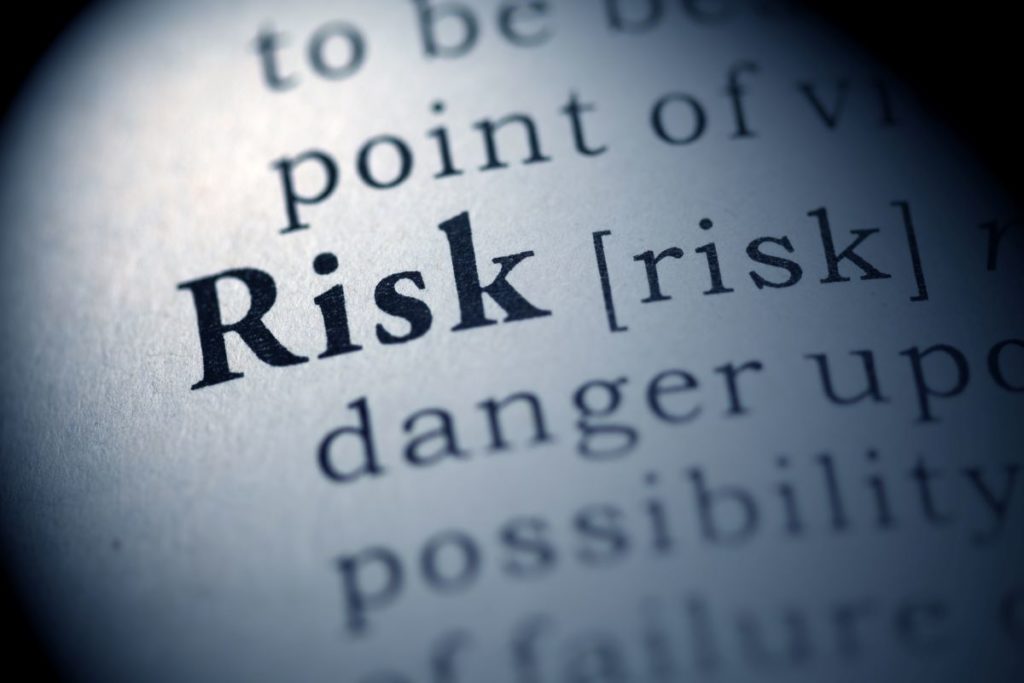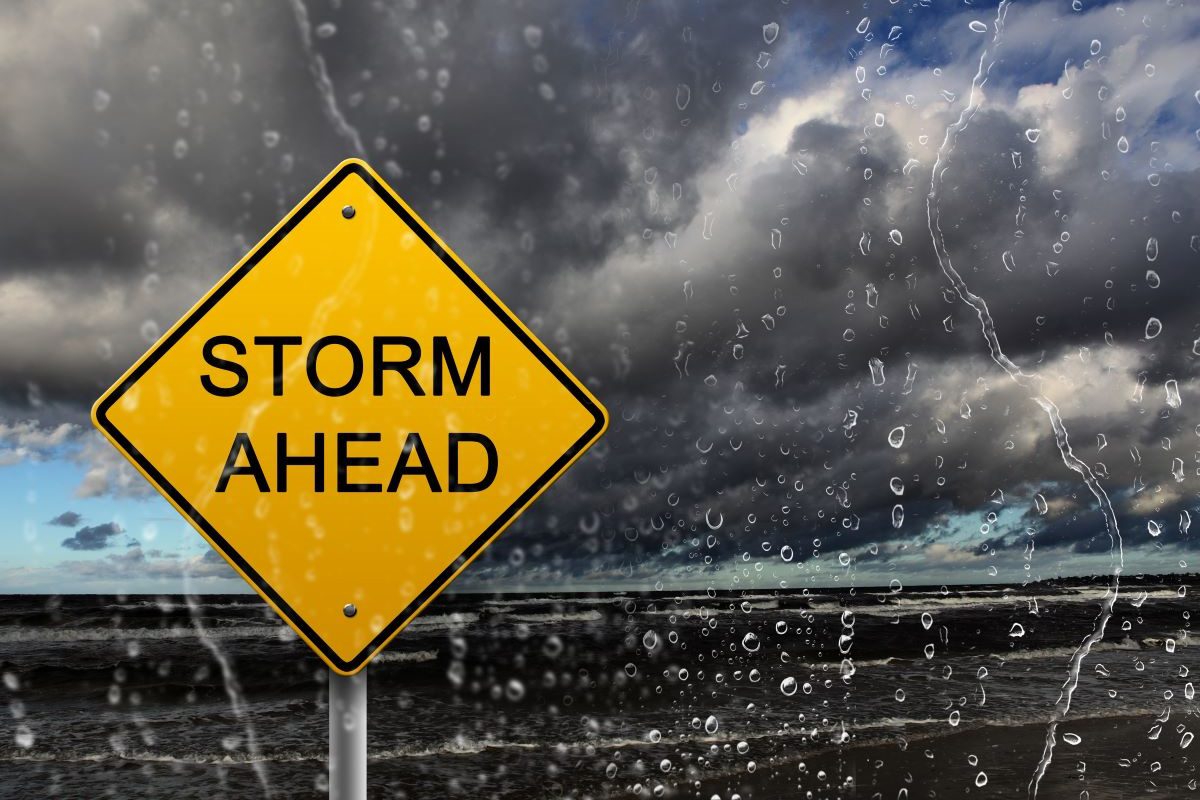If a natural disaster happens, will your business be sidelined for weeks or months?? What happens if your office building is leveled by a tornado? Flooded? Catches fire? Hopefully, that will never happen. But, could your business survive if it did? Do you have an IT business continuity plan to help you weather the storm?
According to data from the Federal Emergency Management Agency (FEMA) and the US Department of Labor, small businesses are seriously impacted by natural disasters:
- Immediately — 40 percent of small businesses won’t reopen.
- One Year Later — 25 percent more small businesses will close.
- Three Years Later — 75 percent of businesses without a continuity plan will fail.
The statistics are grim, but as with many things, an ounce of prevention is worth a pound of cure. Depending on the type of business you lead, some disruptions are harder to prevent than others. However, when it comes to your technology, we believe with the right IT business continuity plan and preparation, your business can survive a natural disaster.
Resources for Business Continuity and Disaster Recovery Planning For IT Professionals
With more than 43 years of leading the federal response to natural disasters, FEMA is a go-to resource for information about emergency preparedness for businesses. To get you started, FEMA has compiled some useful guides for a variety of natural disasters that small businesses face:
- Inland Flooding Toolkit
- Power Outage Toolkit
- Hurricane Toolkit
- Earthquake Toolkit
- Severe Wind/Tornado Toolkit
In these toolkits, FEMA suggests three steps to take to prepare for natural disasters:
- Identify your risk
- Develop a plan
- Take action
Let’s look at how these steps can specifically be applied to your business’s technology.
Identify Your Risk for Disaster

FEMA suggests looking at the following areas when calculating your risk: staff, surroundings, space, systems, structure, and service. Each of the toolkits listed above contains a Back-to-Business Self-Assessment that will help you assess each of these categories and how they would be affected in a natural disaster. All of the toolkits can be found here.
For IT purposes, we’re specifically concerned about your systems, structure, and operations. Are your systems accessible if your physical business is not? Can your business operate without the Internet? What happens if there is data loss from a natural disaster? Do you know which operations to recover first? (Spoiler alert: IT is usually a priority for most businesses because it touches most aspects of your business on some level.)
Once you’ve identified risk, you’ll want to create an IT business continuity plan based on your assessment.
Develop an IT Business Continuity Plan
The FEMA toolkits provide some great resources for creating an overall business continuity plan. In addition, a useful starting point for IT preparedness is FEMA’s IT Disaster Recovery Plan. As businesses evaluate their recovery strategies they should consider the recovery of hardware, the physical site, software, data, and connectivity to vendors.
FEMA’s IT Disaster Recovery Plan
Recovery strategies should be developed for Information technology (IT) systems, applications, and data. This includes networks, servers, desktops, laptops, wireless devices, data, and connectivity.
Take Action on Your IT Continuity Plan
With any IT business continuity plan, just creating one isn’t enough. It’s important to identify and assign action items that need to be addressed before an event happens.
Some action items for getting prepared might include:
- Confirm that your backup system is fully functioning.
- Set up off-site or cloud-based backups that would be accessible during a natural disaster.
- Create inventories of all data, software, and hardware.
- Assign someone the role of regularly assessing the IT business continuity plan so it’s always up to date.
These action items are often a place where small businesses can use some additional help and expertise to develop an information systems disaster recovery plan. Managed IT companies, like SandStorm IT, can help you manage all three steps of this process from identifying your overall risk, developing an IT business continuity plan, and then taking action to prepare ahead of a natural disaster.
How IT Disaster Recovery Services Can Help Your Business Survive a Disaster
A managed IT services partner can develop an IT business continuity plan to prepare your business’s technology for when the worst happens. If you’re considering managed IT services, find a company that offers three important benefits that will enable you to recover quickly from natural disasters:
Managed Cloud Backups
With cloud backup disaster recovery, you can get back to normal operations by fully restoring lost files after a system failure or power loss. Unlike other backup methods, cloud backups are replicated across multiple data centers, ensuring reliability should you need access to the backup.
Redundant Infrastructure
With a redundant infrastructure, your entire server environment is available offsite, ready, and waiting to be called on. Redundant servers are backup copies of your servers, and the backups are never more than 24-hours old.
Documented Procedures
Proactive planning is the key to avoiding long-term business disruptions. SandStorm IT can help you develop a disaster recovery/business continuity plan that details the steps that your business needs to take to get your IT back up and running after the worst happens.
If you’re looking for these types of customized solutions for your IT business continuity plan, we’d love to talk. At SandStorm IT, we’ve been helping small businesses prepare for disasters and protect their IT for more than 30 years. A consultation is free and customized to your business. Contact us today to schedule a call.

